From the heart,
We write -
Our hopes,
Our dreams,
Our most tender of longings.
Ink spilled like time
Onto waiting pages.
Each word,
A fragment of self -
Every line,
A thread in the tapestry of desire.
This is how
We make ourselves known -
Not just to the world,
But to ourselves.
There is a quiet magic in the glide of a fountain pen across thick, heavy paper— a creeping alchemy that turns thought into ink and feeling into form. Notebooks, their spines waiting to be cracked open, whisper of possibility. Loose-leaf sheets, weighty with intention, hold the promise of permanence in an evanescent world.
But letter writing holds the deepest enchantment. A letter carves a lasting impression into time itself, a piece of perpetual presence, a quiet rebellion against the vanishing nature of modern communication. Unlike fleeting texts or emails, letters invite slowness, reflection, and a quiet intimacy. They are written with distance in mind, carrying not just words but the writer themselves.
A letter is both relic and promise: a past moment preserved, a future moment anticipated. This is why history’s greatest writers—Virginia Woolf, Oscar Wilde, Dylan Thomas, Jane Austen, John Keats—poured their souls into letters as much as their published works. Austen, in particular, exchanged nearly 3,000 letters with her beloved sister, Cassandra, revealing her wit, irony, and deep affection.
Now, onto the ‘artsy’ part! Austen is known not only for what she wrote but how she folded her letters. Her signature “Jane Austen Cross-Way Fold” transformed the letter itself into its own envelope, an elegant economy of space.
First, I painted the paper in a very light brown.
Then, I wrote out my poem.
Next, I turned the page landscape and folded both ends to the middle.
I then folded the bottom half two-thirds of the. way up. I folded the top half to overlap the other.
I tucked the bottom half into the top half; and finally added my wax seal (not my best attempt!)
Today, I have shared a freshly written poem - letter style, hand-painted and folded in Austen’s method. I hope you enjoyed both the poem and the process! Try it yourself — It’s delightfully simple! I’d love to see the results.
Love and light! 🌸🩷🌸





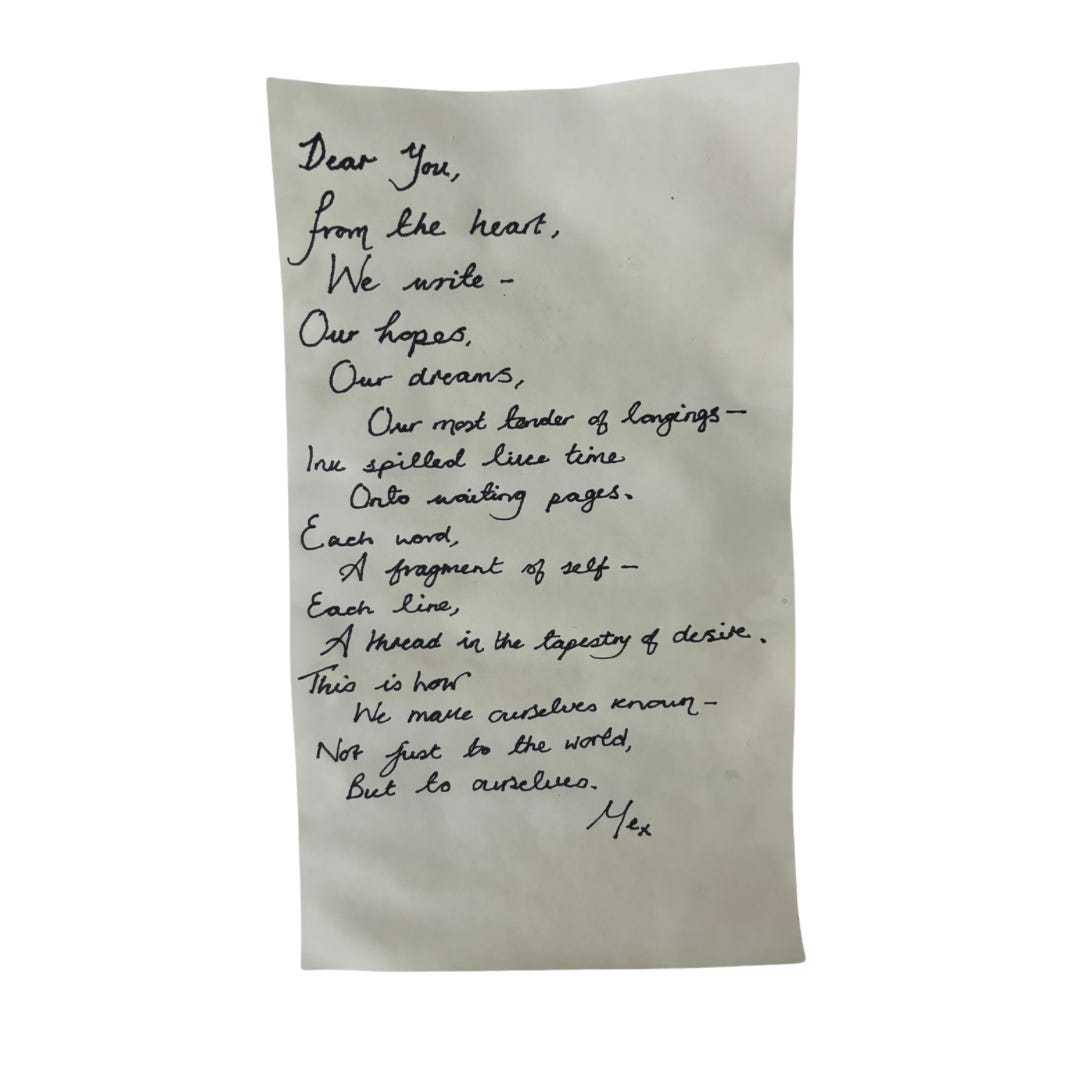

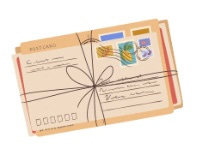
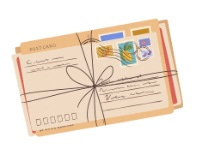



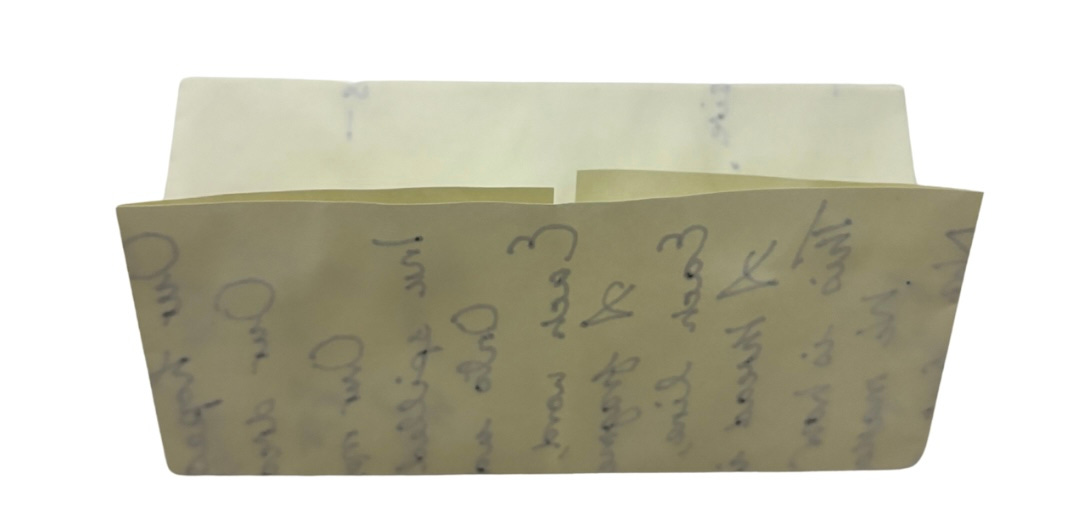
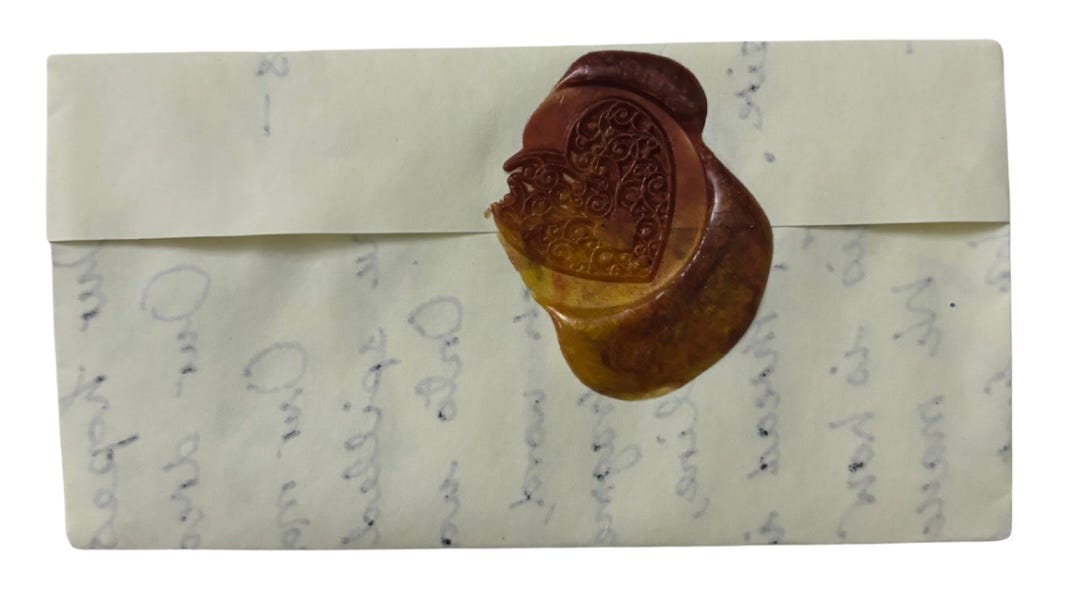
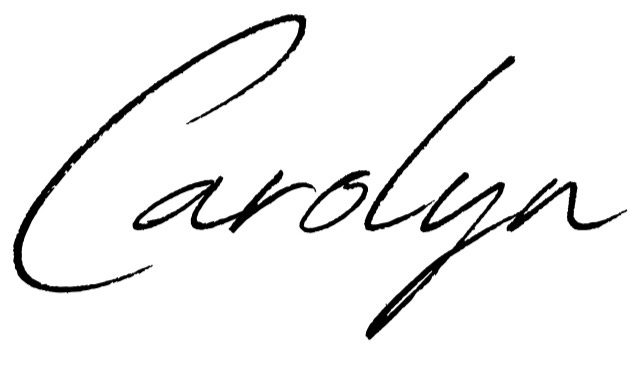
Seems like letter writing—at least, hand-written letter-writing is slowly disappearing. Many schools no longer teach cursive writing and keyboards have become universal.
I have an album full of letters that were written in 19th Century France, all folded in a manner similar to Jane’s—the script is beautiful, sometimes glorious—even when the content is an invoice of some type.
This is one of the most beautiful things to me, and something I intend to do more often than I already do. So, thank you! <3